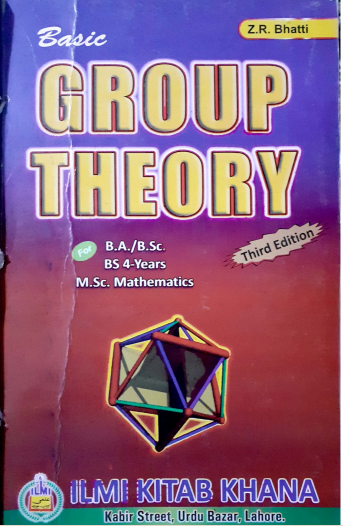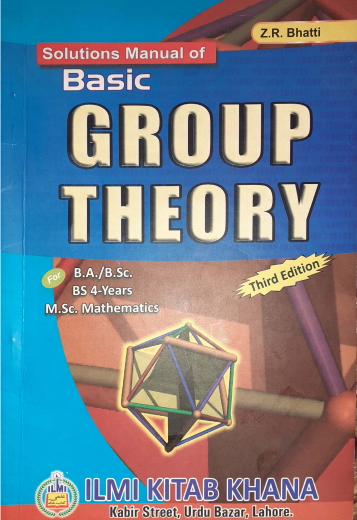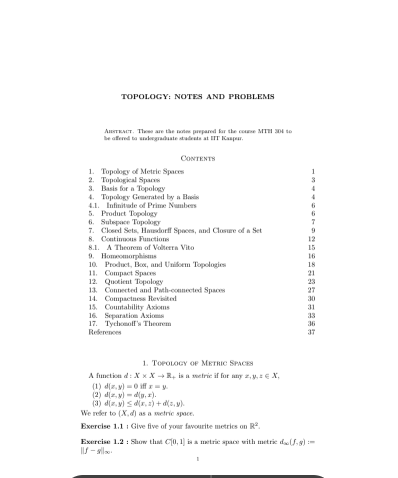What is Group Theory?
Group Theory is a branch of abstract algebra that studies algebraic structures known as groups. It focuses on the properties and operations within a set of elements that follow specific rules. Group Theory is fundamental in many areas of mathematics and has applications in physics, chemistry, and cryptography.
Key Concepts:
Group: A set of elements with a binary operation that satisfies four properties:
Closure: The operation on any two elements of the group results in another element of the group.
Associativity: The operation is associative (e.g., (a * b) * c = a * (b * c)).
Identity Element: There is an element that doesn’t change other elements when combined (e.g., 0 for addition, 1 for multiplication).
Inverse Element: Every element has an inverse such that combining them returns the identity element.
Subgroup: A subset of a group that is itself a group under the same operation.
Cyclic Group: A group that can be generated by a single element (called a generator).
Order of a Group: The number of elements in a group.
Permutation Group: A group consisting of all possible rearrangements (permutations) of a set of objects.
Homomorphism: A map between two groups that preserves the group structure.
Applications:
Cryptography: Used in encryption algorithms for secure communication.
Physics: Describes symmetries and conservation laws in physics.
Chemistry: Helps explain molecular symmetry and reactions.
Computer Science: Applied in algorithms and coding theory.
Group Theory is essential for understanding symmetries, structures, and transformations in various fields of mathematics and science.

Group Theory
Z R bhatti

Solution Group Theory
Z R bhatti

Group Theory
Tahir Mahmood

Group Theory
Jhon F. Humphresy

Group Theory
handwritten Notes

Group Theory
handwritten Notes

Theory of Groups
Abdul Majeed
Advance Group Theory Handwritten Notes
Advance Group Theory PDF Topics Notes
